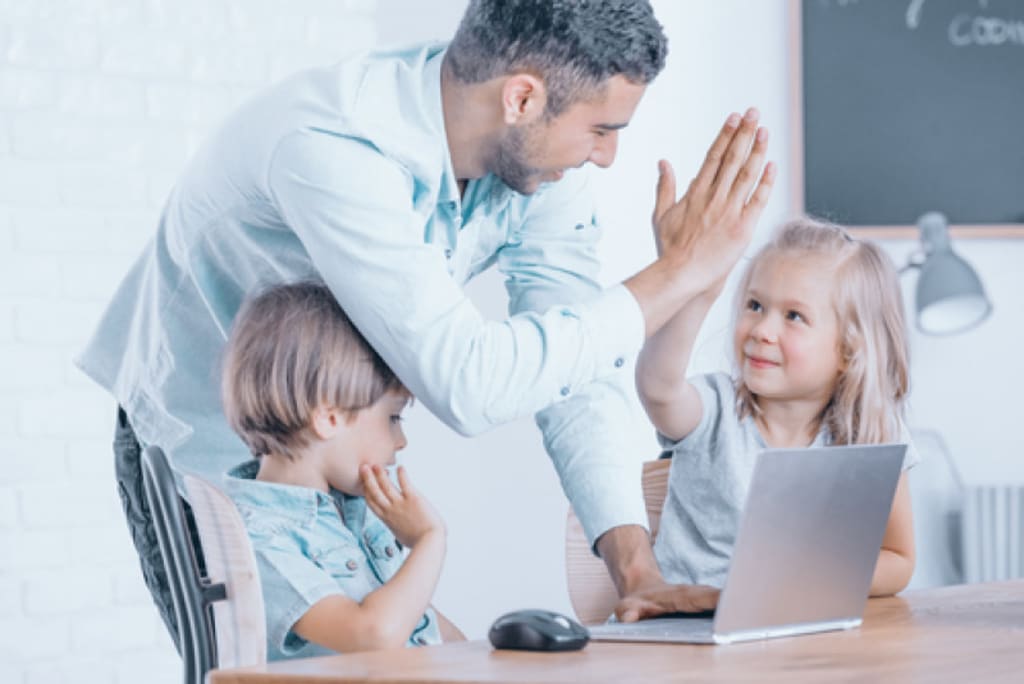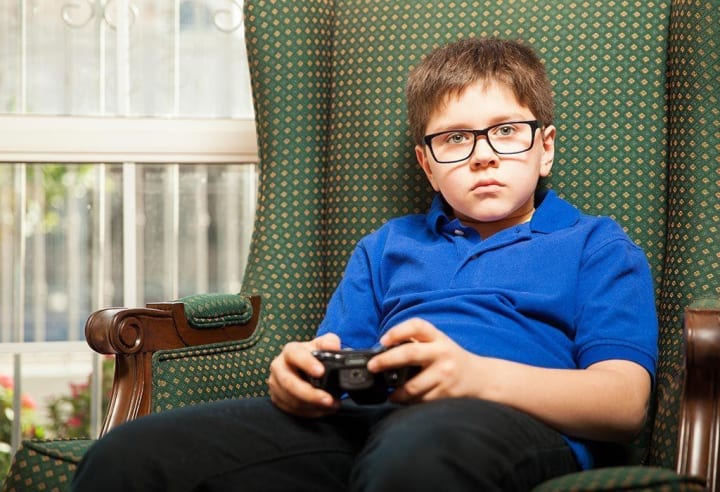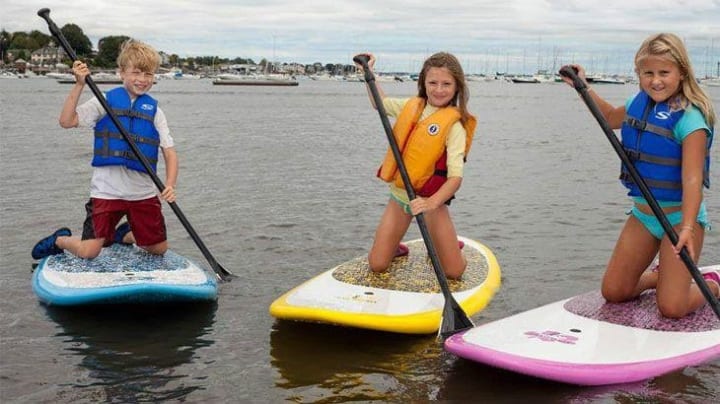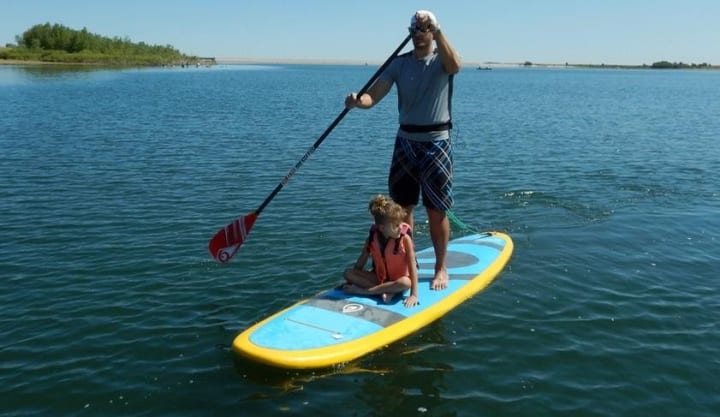How to Teach Your Kids to Stand Up Paddle
Teach Your Kids

In the modern world, more and more children remain cooped up indoors, spending their time on television and video games instead of playing with their peers and enjoying the great outdoors.
This problem has been further exacerbated by the COVID-19 pandemic. Now, parents have every reason to want their kids to stay indoors, avoiding crowded public parks and recreational centers as much as possible.
The risk of their child being infected by the coronavirus – through close contact with other kids – is enough for parents to keep their kids at home, as much as possible.
The Importance of Outdoor Activities
While the urge to keep your child safe and healthy is understandable, particularly amidst a global pandemic, it’s important to remember that outdoor activities are essential for the holistic development of human beings.
Outdoor activities allow children to get some much-needed physical exercise and come into contact with Mother Nature. They’re also a good way for children to get some fresh air and sunlight, both of which are essential for the wellbeing of your child.
So, while you should definitely do everything in your power to keep your kids safe from the coronavirus, you must be careful not to cut them off completely from the outside world. Some of the risks associated with spending too much time indoors are:
• Lack of Fitness: Staying indoors breeds a sedentary lifestyle. Spending too much time in front of a TV set or video game console can lead to obesity, lethargy, and muscle weakness. A lack of physical fitness can also impede the child’s cognitive functions and mental development.
• Social Isolation: In order to become capable, socially active adults, kids need to learn how to engage with their peers and organize their own games, often by participating in unstructured group activities. Outdoor activities allow kids to get away from common distractions like video games and smartphones, to overcome social isolation and engage fully with their peers.

• Psychological Effects: Time spent in nature is often soothing for children, which helps reduce their stress levels and improve their mood. Insufficient time outdoors can cause children to become antsy and depressed, leading to insomnia, lack of concentration, and various other psychological issues.
• Weak Bones: Staying indoors all the time can lead to vitamin D deficiency, which can be caused by insufficient exposure to natural sunlight. Hence, kids who spend all their time indoors might suffer from bone and muscle weakness, since the human body cannot absorb calcium in the absence of vitamin D.
The Role of Stand-Up Paddleboarding (SUP)
Stand-up paddleboarding, also known as SUP, is a water-based activity that is perfect for children and adults alike. In fact, it is one of the most popular family-friendly water sports in North America.
Paddleboarding is a fun, safe, and productive way for kids to spend some time outdoors. It is an excellent workout, as well as being a good way to connect with nature without flouting any of the social distancing restrictions brought about by the COVID-19 pandemic.

Kids can cruise through the water on their paddleboard, observing the marine life passing beneath them, without coming into close contact with any other person. Even when your child is paddleboarding with their friends, they can still adhere to social distancing norms, as long as they use one paddleboard per person.
During a paddling session, a group of children can indulge in several games – including SUP racing and surfing – without coming into close physical contact. As a result, your child will get the social interaction they need, without any risk to their health.
Moreover, regular paddleboarding will give your child adequate exposure to sunlight and fresh air, which are essential for the physical as well as mental wellbeing of children. SUP is also a full-body exercise. It increases core strength, helps with muscle development, promotes balance, and improves endurance in children.
Paddleboarding with Your Kids
In order to teach stand-up paddleboarding to your kids, you must start out slow and let them adjust to the water at their own pace. Not every child will get the hang of it at the same time, and some kids might require a longer adjustment period than others.
Balancing on a board – on an unstable surface such as water – can be scary and disorienting at first. The key is to be patient and supportive as your child gets accustomed to the unusual feeling of standing on water.
In order to make the learning process slightly easier, you might consider investing in a paddleboard that is wide, long, and voluminous. The wider the board, the more stable it will be on the water.

Wider boards are easier to balance on, and usually have a higher weight limit. This means that you can join your child on the paddleboard, if they get scared or uncomfortable on the water.
If you’re looking for you or your child’s first SUP, check out this guide.
Furthermore, before setting out on an SUP session with your kid, you should purchase a reliable personal floatation device (PFD) designed specifically for children. You should also buy an adjustable paddle, so that you can make it smaller for your child when they’re first learning to paddle.
Some other items you should bring with you, when teaching your child SUP, include a sunscreen lotion, an ankle leash, a first aid kit, and a wetsuit. These items will ensure that your child remains safe and comfortable throughout the SUP session.






Comments
There are no comments for this story
Be the first to respond and start the conversation.